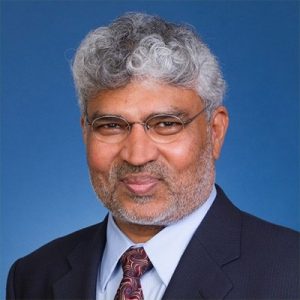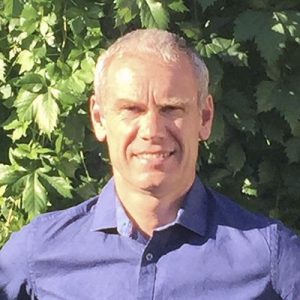
Bridging the Frontier Bob Smith, Executive Director
Bob Smith is Executive Director of the ESD Alliance responsible for its management and operations. Previously, Bob was senior vice president of Marketing and Business Development at Uniquify, responsible for brand development, positioning, strategy and business development activities. Bob began his … More » Taking a More Holistic Approach to DesignJuly 11th, 2019 by Bob Smith, Executive Director
On the surface, efficient chip design infrastructures doesn’t sound all that compelling as a topic. Until you talk with Bala. Bala is an engineer to the core, and on a campaign to efficiently reorganize engineering groups in a more holistic fashion backed by his 22+ years of experience in various roles in CAD, Infrastructure and IT. According to Bala, the cost of design and manufacturing is increasing drastically in the push to accelerate innovation. He goes on to say that the cost of design in newer technology nodes is twice the previous node, even though R&D efficiency is greater in the Semiconductor Industry. The accelerated costs of design and manufacturing are due in large measure to added features in an SoC design that could impact size, power and performance, all of which means more design work and time. Of course, design, verification, software, IT, CAD and infrastructure groups continually optimize their environment in a move to make it more efficient and push it to the edge. They implement features and applications to improve the design and verification flow. All told, this well-intentioned practice is impacting design features and design quality. Modularity prevents progress. One other factor that influences the overall environment is human resources, adds Bala. Often, a company that needs to get a design out faster will add headcount without recognizing that other factors should be considered as well. It’s less efficient and, remarkably, happens all the time. And then, there’s the question of design getting more efficient while quality suffers. Could one be possible without the other? Quality and yield can be sacrificed at the expense of time to market, says Bala. Tough choices need to be made and often are in the verification phase. The pressure to reduce costs and meet the market window is intense. Shortcuts are taken. Or, the answer is to throw unlimited tools or engineers at a problem when that solution is inefficient. It’s no wonder he asserts that the current approach isn’t helping innovation. Design is a precious commodity and needs to be organized properly to be efficient, Bala notes, as he advocates a holistic approach to managing resources that isn’t focused on local maxima. Instead, he believes global cost optimization will have a greater impact on the overall cost of design. Building an integrated and cohesive design, CAD and IT infrastructure is a challenge, Bala concedes, because each group has different goals and thinks that a problem is another group’s responsibility. While IT and CAD provide a platform for design, the IT focus is on optimizing the datacenter, which makes IT a bit isolated from design. The It budget is related to code, licensing and buying or whatever is in the plan. IT doesn’t always see the big design picture and may not account for contingencies. While it works within the framework, it is isolated and more detached from the chip design process. CAD is computer aided design and should be self-explanatory. This is the group that researches CAD or EDA tools, evaluates them and assists with buying decision. It’s also responsible for the management and upkeep of the design and verification flow. Striking a balance and a level of understanding between the various groups could be the first step to building a holistic design. For example, every designer should be aware of everything related to the infrastructure. Perhaps, open lines of communication between group could help as well. Design time is a precious commodity and should be organized efficiently, Bala concludes. ### Meet the Experts Theater: Advanced Applications Four other presentations during the Advanced Applications session will make this a memorable finale to ES Design West. We look forward to seeing you this afternoon. Five Best Practices for Static Verification Sign Off President and CEO ### High-Sigma Statistical Analysis: What is the Need and How to Deploy? Senior Director of Marketing ### Addressing Complexity in SoC Design Principal Application Engineer ### Design Successes with Verification IP Director of Applications Engineering in North America |
|
|
|||||
|
|
|||||
|
|||||












